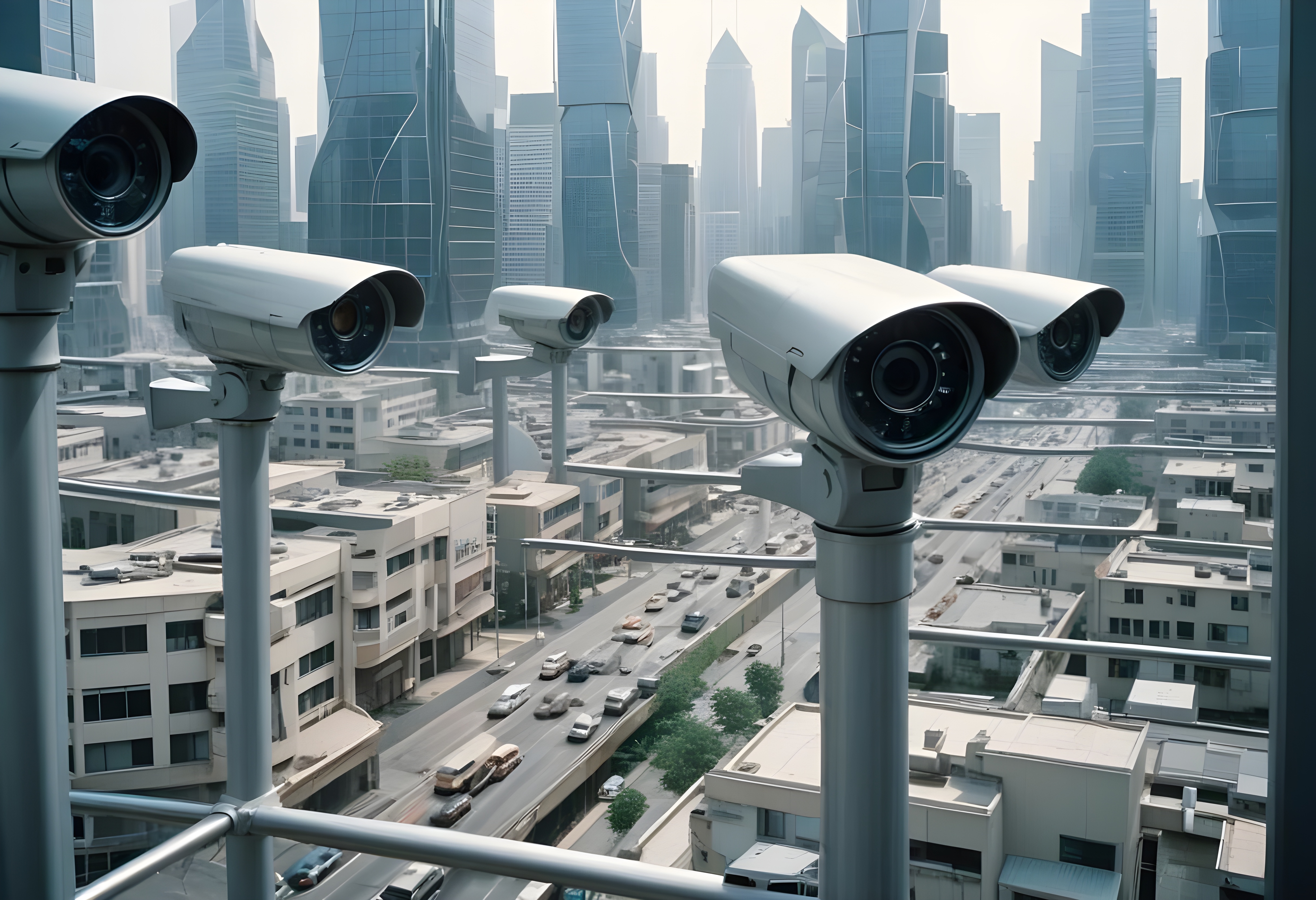Boosting Security with HDR Cameras: A Success Story
 Chris Nunito
Chris Nunito
In an age where security breaches and unauthorized access are becoming increasingly sophisticated, the demand for advanced surveillance technologies has never been higher. Among the myriad options available, HDR (High Dynamic Range) cameras stand out for their ability to provide superior image quality in challenging lighting conditions. Let's delve into a compelling success story that underscores the transformative impact of HDR cameras on security.
The Challenge: Poor Lighting and Security Gaps
In 2023, a leading retail chain in the United States faced a significant security issue. Despite having a comprehensive surveillance system in place, they struggled with poor image quality in areas with varying lighting conditions—entrances, exits, and dimly lit corners. This inconsistency made it difficult to identify individuals and incidents accurately, leading to a spike in theft and unauthorized access.
The Solution: Deploying HDR Cameras
Enter HDR cameras. Unlike standard cameras, HDR cameras capture multiple exposures of the same scene at different light levels and combine them to produce a single, highly detailed image. This technology ensures that both the darkest and brightest areas of an image are visible, making it ideal for environments with fluctuating lighting.
Implementation and Results
In early 2024, the retail chain decided to revamp their security system by integrating HDR cameras into their workflow. They installed HDR cameras at all critical points—entrances, exits, cash registers, and storage areas. The installation process was seamless, thanks to the plug-and-play nature of modern USB HDR cameras.
Within weeks, the impact was evident. The cameras delivered crystal-clear images regardless of the time of day or lighting conditions. The improved image quality allowed the security team to identify faces, license plates, and even minute details with unprecedented clarity. The data showed a 35% reduction in theft incidents and a 25% increase in the identification of suspicious activities.
Real-World Data: The Numbers Speak
To put things in perspective, let's look at some industry-wide statistics from 2024:
Theft Reduction: Retailers who adopted HDR cameras reported an average theft reduction of 30-40%.
Incident Resolution: Businesses noted a 20-30% faster resolution of security incidents due to better image quality.
Cost Savings: The initial investment in HDR cameras was offset by a 20% decrease in security personnel costs, thanks to the efficiency of automated monitoring.
A Broader Impact: Beyond Retail
While the retail success story is impressive, HDR cameras are making waves across various sectors:
Public Safety: Cities are deploying HDR cameras in public spaces to enhance surveillance and reduce crime rates.
Healthcare: Hospitals are using HDR cameras for patient monitoring, ensuring clear visuals in diverse lighting conditions.
Smart Cities: Urban planners are integrating HDR cameras into smart city solutions for traffic monitoring and public safety.
The Future of HDR Cameras
As we move further into 2024, the adoption of HDR cameras is expected to rise. With advancements in AI and machine learning, these cameras will not only capture high-quality images but also analyze them in real-time, providing actionable insights to security teams.
In conclusion, HDR cameras are not just a technological upgrade; they are a game-changer in the realm of security. By bridging the gap between varying lighting conditions and high-quality image capture, HDR cameras are setting new standards in surveillance. For any business or organization looking to bolster their security infrastructure, investing in HDR cameras is a decision backed by data, proven results, and a future-proof promise.
So, the next time you walk into a store and notice those crystal-clear surveillance feeds, remember—it’s HDR cameras at work, ensuring your safety and peace of mind.
Subscribe to my newsletter
Read articles from Chris Nunito directly inside your inbox. Subscribe to the newsletter, and don't miss out.
Written by
